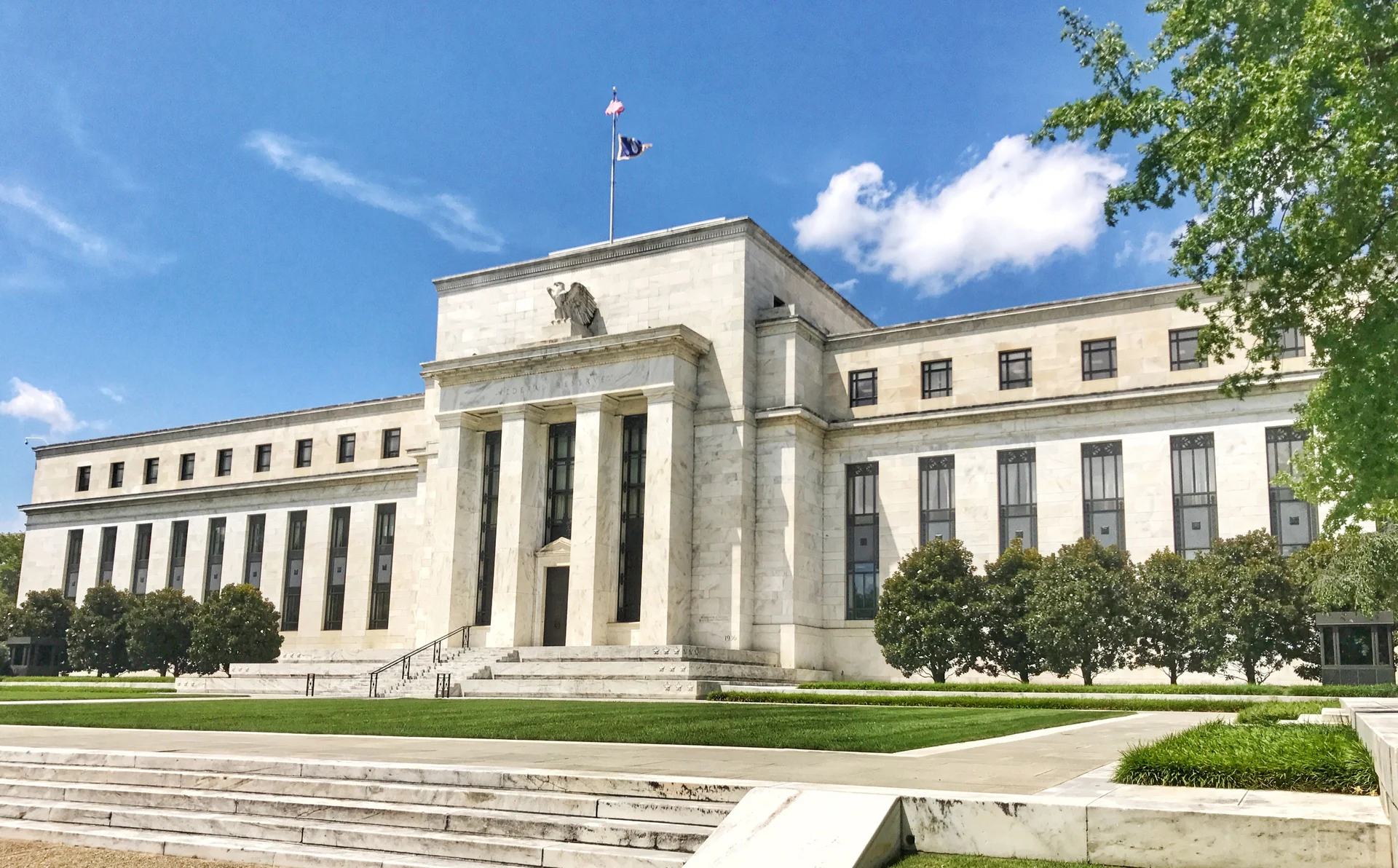Why the Federal Reserve Uses Interest Rate Cuts to Guide the Economy
The Federal Reserve plays a central role in shaping the direction of the U.S. economy, and one of its most powerful tools is the adjustment of interest rates. When the Fed lowers rates, borrowing becomes cheaper for consumers and businesses, encouraging investment, home purchases, and business expansion. At the same time, lower rates can weaken the dollar, which boosts exports by making U.S. goods more competitive globally. The Board of Governors of the Federal Reserve System explains that rate changes are part of a broader strategy known as monetary policy, which aims to balance inflation, employment, and financial stability. However, every decision involves trade-offs, as keeping rates too low for too long may create asset bubbles or put pressure on long-term inflation targets.
Balancing Inflation, Employment, and Long-Term Growth
One of the most challenging tasks for policymakers is maintaining equilibrium between stable prices and sustainable job growth. Inflation tends to rise when borrowing costs are low, but keeping rates too high can stifle business activity and lead to job losses. According to the Bureau of Labor Statistics, the U.S. labor market has shown fluctuations in employment growth tied to changes in borrowing costs and consumer confidence. Rate cuts often provide short-term relief to industries sensitive to financing, such as housing and manufacturing. Yet economists emphasize the importance of monitoring the Personal Consumption Expenditures (PCE) index, the Federal Reserve’s preferred measure of inflation. If inflation stays above the Fed’s 2% target, the central bank may face pressure to reverse course and raise rates again, which could complicate long-term growth strategies.
What Rate Cuts Mean for Businesses, Investors, and Consumers
The impact of Federal Reserve interest rate decisions extends well beyond government policy rooms. For businesses, lower borrowing costs mean more access to credit lines and the possibility of expanding operations. Consumers often experience reduced mortgage rates, cheaper auto loans, and lower credit card interest, which can stimulate spending and increase overall economic activity. Investors closely follow Fed announcements because rate cuts often drive volatility in equity and bond markets. Guidance from the U.S. Department of the Treasury highlights how interest rate policy directly influences yields, bond prices, and long-term government financing costs. In addition, global financial institutions and foreign governments monitor U.S. rate movements because the dollar remains the world’s reserve currency. Organizations such as the International Monetary Fund stress that decisions by the Fed can ripple across global markets, affecting trade, capital flows, and economic stability worldwide.



